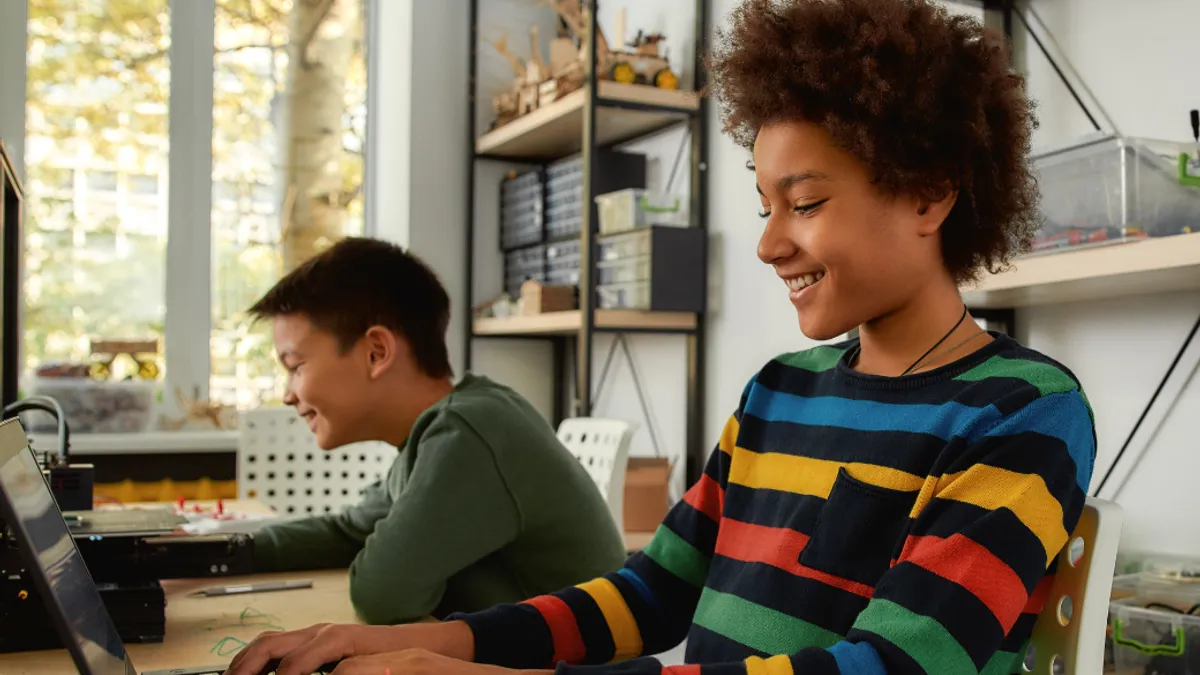Embracing a culture of career readiness is evolving across the education sector at a record pace. The individual approach of being college-ready or career-ready is no longer the way to determine a student’s pathway. Instead, all students should be on a path to a career. Building a career readiness culture that embeds postsecondary education as a natural part of the career journey is the proven way to unite and motivate students to future success.
For those prioritizing career pathways to invoke student engagement and outcomes, there are some essential steps administrators can take today to provide career-connected learning to all students.
Conduct a local needs assessment
Identify areas that offer the best opportunities for your students by identifying the high-wage, high-growth occupations within your community. Educators can leverage labor market data to identify high-value careers and evaluate how existing programs are meeting the needs of workforce demands and successful career pathway programs.
Engage stakeholders
Involve teachers, students, parents, and community members in the decision-making process. Their involvement can provide valuable insights and establish an opportunity to educate all stakeholders on the intent to build relevant career pathways. By taking the universal approach to career readiness, stakeholders will support and promote the need to prioritize career-connected learning.
Prioritize Resource Allocation
Once stakeholders agree on the short- and long-term goals, educators are able to strategically allocate and prioritize resources. Invest in professional development opportunities to equip staff with the skills and knowledge to implement career readiness programs effectively. Identify curricula that support a career readiness culture; this should include a career exploration curriculum and other learning platforms that embed career-connected learning into core academic subjects.
Enhance partnerships
Forge a variety of partnerships with local businesses, industries, and community organizations to facilitate work-based learning experiences for students. By building a multifaceted approach to career awareness and career experiences, educators can help students expand their "social capital" and offer an equitable approach to career readiness. A comprehensive career exploration curriculum allows students to discover high-value careers and determine a pathway program that best aligns with their personal and career interests.
Assess and adjust as needed
Develop key performance metrics to guide your path to a culture of career readiness for all students. Such measures may include metrics of student engagement, academic performance, and participation in work-based learning experiences. Regularly evaluate the effectiveness of resources designed to support career readiness and adjust accordingly to meet your short- and long-term goals.
By strengthening a career readiness culture, educators can strategically pave the way for more engaging and relevant learning experiences for students. Because when education becomes relevant, learners fully engage.
At Pathway2Careers™ (P2C), we help educators and learners make daily connections between what they are doing in the classroom and what they'll do later in life. In doing so, we answer the most asked questions from learners: "When will I ever need to know this in the real world?"
Career-connected learning is recognized by the U.S. Department of Education (DoE) as vital to bridging the gap between K–12 education and college, career, and industry preparation programs. While the DoE has expressed what is needed, P2C delivers the how. For nearly a decade, P2C has been at the forefront of this initiative with ready-to-implement solutions that work. Our products are supported by a career readiness model that increases student motivation and performance, while our research and support services have the capacity to alter policy and transform communities.










